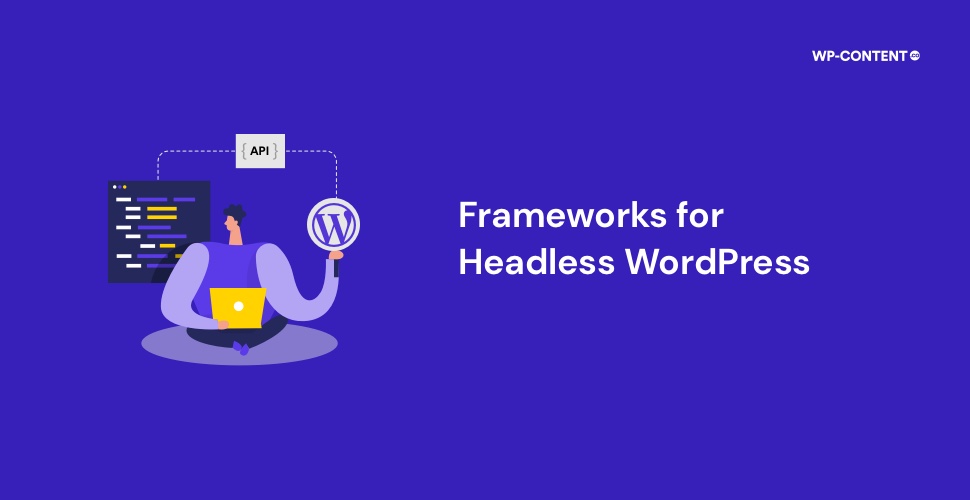As we all know WordPress is the leading Content Management System out there, but what if we told you there is more than meets the eye. WordPress is like an unexplored territory, that can offer a lot if one is willing to take up the expedition. One area where there is going to be a lot of confusion is whether to go with a traditional WordPress setup or opt for a Headless WordPress. We need to look at what headless WordPress and frameworks are before we dive into the best frameworks for headless WordPress.
The Traditional WordPress vs Headless WordPress Anatomy
In a traditional or monolithic WordPress setup, the front-end and back-end are coupled together. To make it even simpler, we can say everything is available in one place. We have the styling elements, layout features, code, database and everything intertwined. Everything that is needed to get a site up and running is presented to us in the conventional WordPress CMS environment. But this WordPress setup does have its own limitations. It doesn’t offer much front-end flexibility and is slow, certain themes and plugins can cause compatibility issues, security concerns and more.
This is where Headless WordPress excels as it offers more flexibility. Here the front-end and back-end are decoupled. The reason why it is called headless is because of this decoupling, the back end is considered the body and the front end is the head. We are isolating the head (front-end) from the body (back-end). We are still able to control the back end from WordPress, like preparing the content for publication and all. But the front end is fully under our control and not restrained in any way. Headless WordPress offers a host of advantages.
Also read: 10 Reasons to Consider Headless WordPress
What Exactly is a Framework
A framework is a programming tool that acts as a foundation for developing applications, websites and more. Frameworks provide us with a starting point for the development process. They provide us with pre-made components that can be customized according to the project. The majority of the time frameworks are associated with a programing language and can be used for completing multiple operations. They are tried and tested by a group of developers and an open-source community to deliver the best features and functions.
The biggest benefit of using a framework is that it saves us time and also cuts down the error factor. The framework can include the code libraries, toolkits, compilers and APIs. Frameworks are available for the front-end (Vue, React), back-end (Django, Ruby), mobile development (Flutter, Xamarain) and web application developments (ASP.NET), and data science frameworks (TensorFlow).
The Best Frameworks for Headless WordPress
Now, that we know how headless WordPress is different from the traditional one, it is time to look at the best frameworks for crafting a headless WordPress.
1. Vue
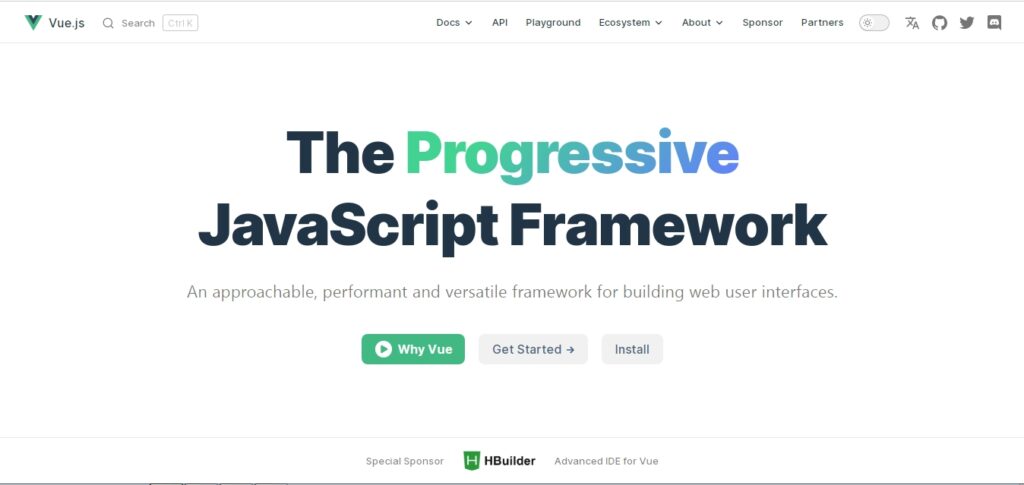
Vue is an open-source front-end JavaScript framework for building user interfaces. The key point about Vue is that it is a model-view-viewmodel (MVVM) architecture. Vue is created on top of standard HTML, CSS and JavaScript with an intuitive API. Vue provides intensive documentation to help one start the journey, where all the concepts are explained. It also has abundant libraries and frameworks that can help developers and also uses a virtual DOM system and declarative rendering.
2. Gatsby
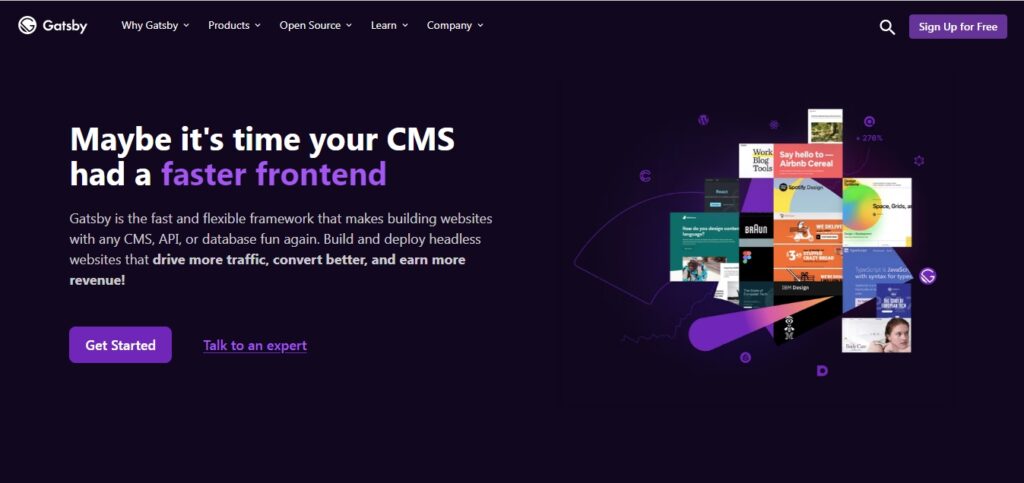
Gatsby is an open-source static site generator. It is built on top of Node.js by making use of React and GraphQL. Gatsby supports Server-Side rendering and Deferred Static Generation and also gives importance to SEO and the vast library of plugins and templates is also an added bonus. Gatsby advocates a 60% page loading speed, automates code-splitting, offers image optimization, lazy loading and many more.
3. React
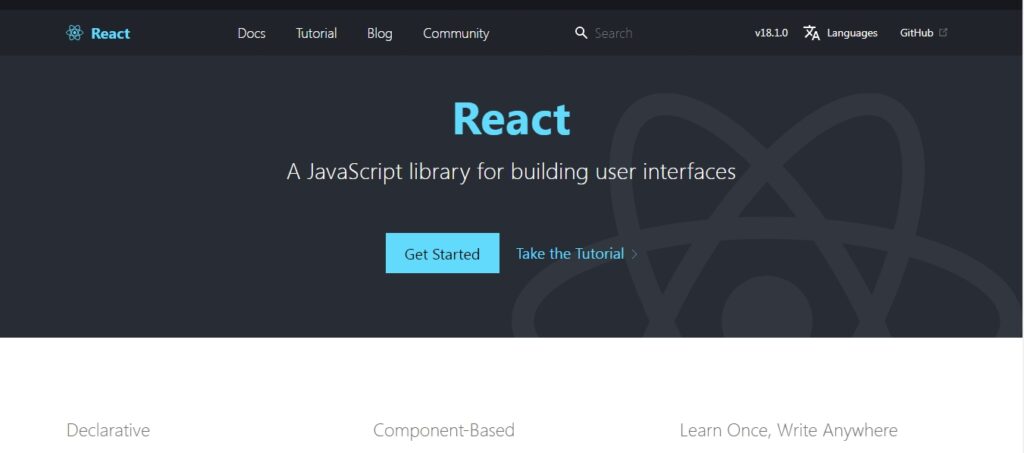
React is a free and open-source JavaScript library for the front-end. It is currently maintained by Meta (formerly known as Facebook). React is well known among developers and is the base from which Gatsby is built. The features of React include Virtual DOM, JavaScript Syntax Extension (JSX), one-way data binding, and extensions, use of components, life cycle methods are some of the features.
Also read: What is Cloud Storage? And The Best Cloud Storage Services for Backup and File Sharing
4. Faust
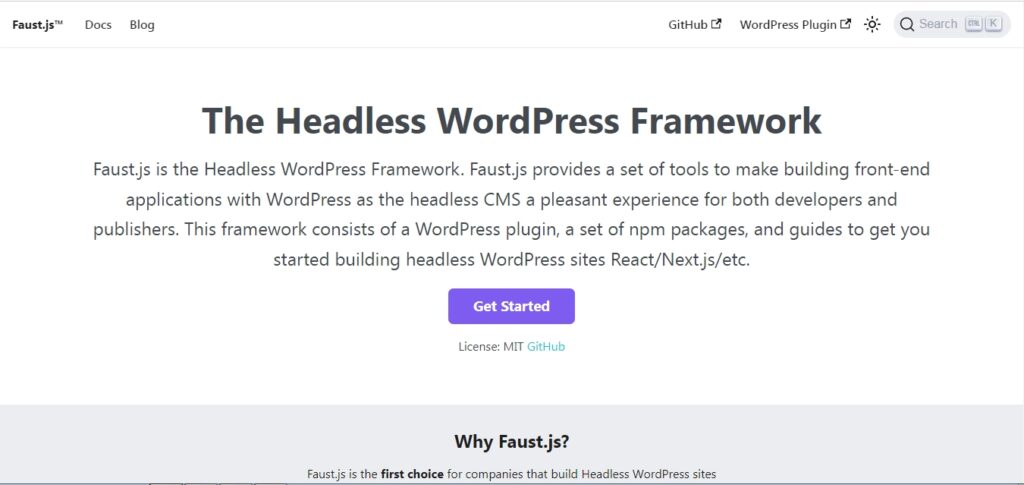
Faust is built on top of Next.js and React and is created by WPEngine. Faust supports Server Side Rendering and also Static Generation and also makes use of GraphQL. This allows for easy fetching of data from WordPress GraphQL API without knowing any queries and also has a WordPress plugin. It also allows content previews, custom post types, and React hooks.
5. Next.js
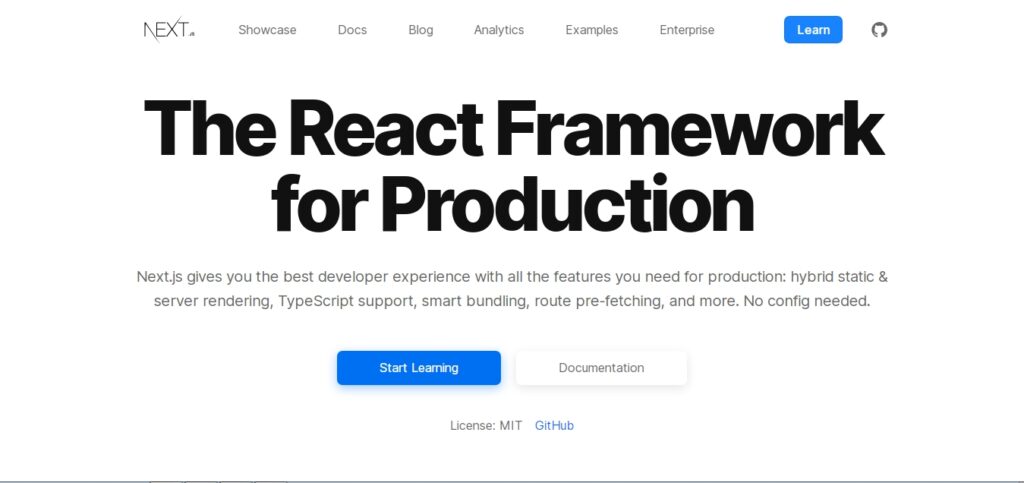
Next.js is a web development framework that is open source and built on top of Node.js. This in turn enables React-based functionalities. Next offers a lot of features such as built-in Domain and Subdomain Routing, automatic language detection, SSG and SSR support, TypeScript support, incremental static regeneration, route-prefetching API routes, built-in CSS support, code-splitting and bundling, file system routing and more.
6. Angular
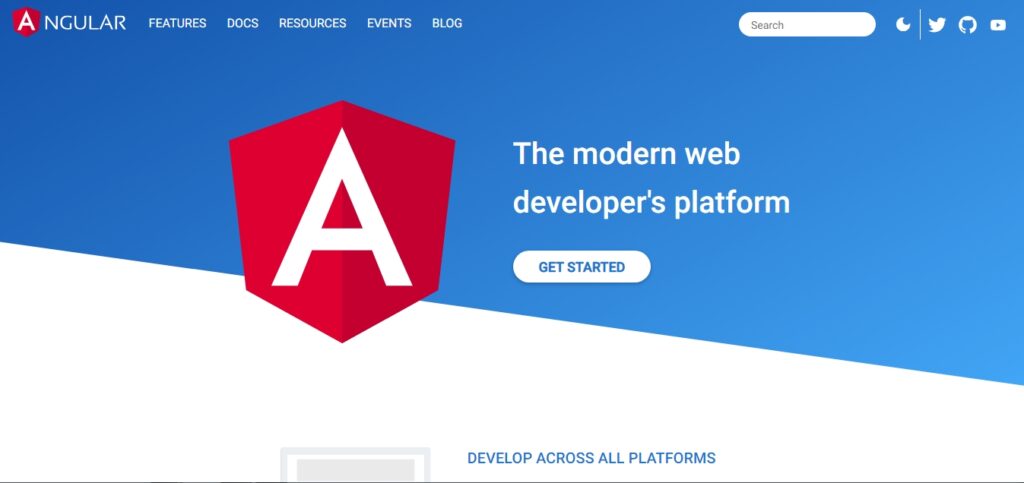
Angular from Google is a free and open-source framework that is TypeScript based. Angular is used as the frontend of the MEAN stack. Angular is feature-loaded and some of its features are cross-platform, code generation ( turn templates to codes), code splitting, MVC architecture, two-way data binding, Angular CLI, IDEs, dependency injection, and virtual scrolling.
7. Ember
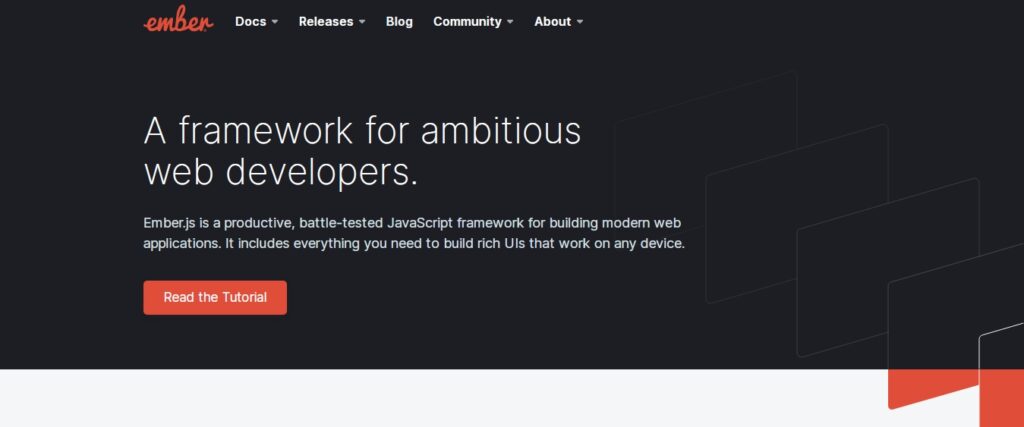
Ember is a JavaScript web framework that is open source and uses a component service pattern. Ember uses the Glimmer rendering engine, supports data binding, incorporates HTML and CSS, uses instance initializers, and uses a route feature for managing URLs. Ember also provides a plugin called Ember inspector which makes debugging ember applications, currently the plugin supports Chrome and Firefox.
Also read: The Best CDN Services For WordPress
Wrapping Up
These are the best frameworks available for developing a headless WordPress. Headless WordPress offers a lot of features and flexibility and is too good to not opt for it. One can use any of the mentioned frameworks to develop a headless WordPress and is not just limited to one or two framework options.
